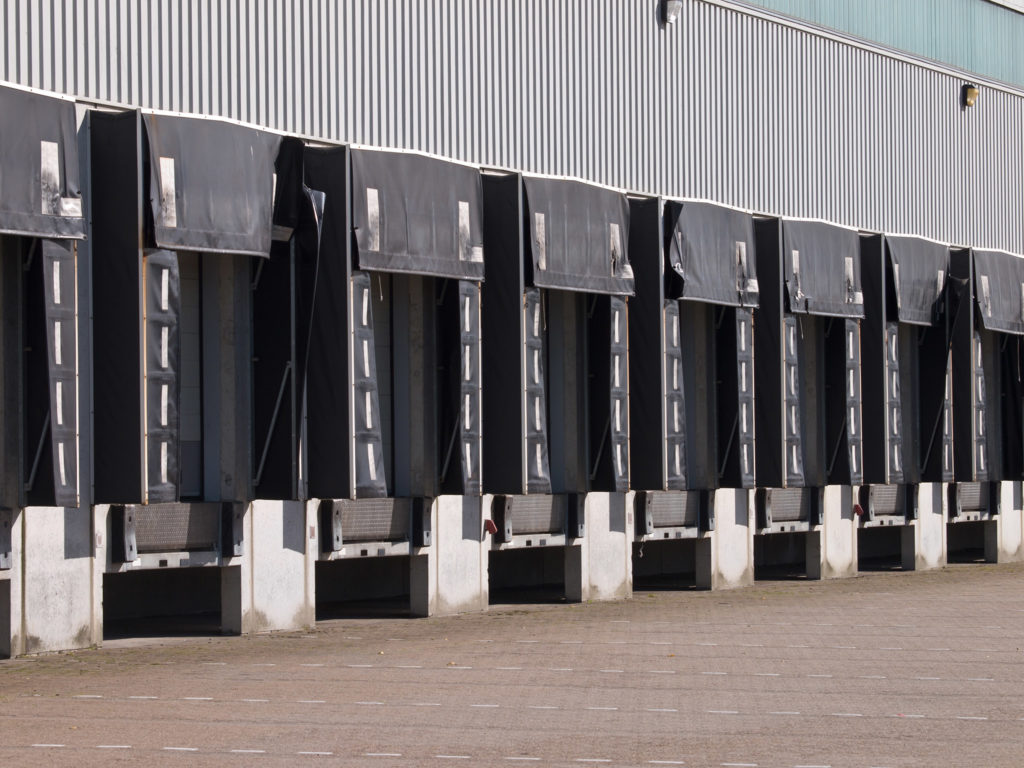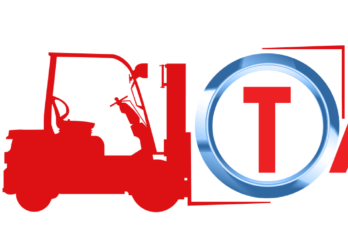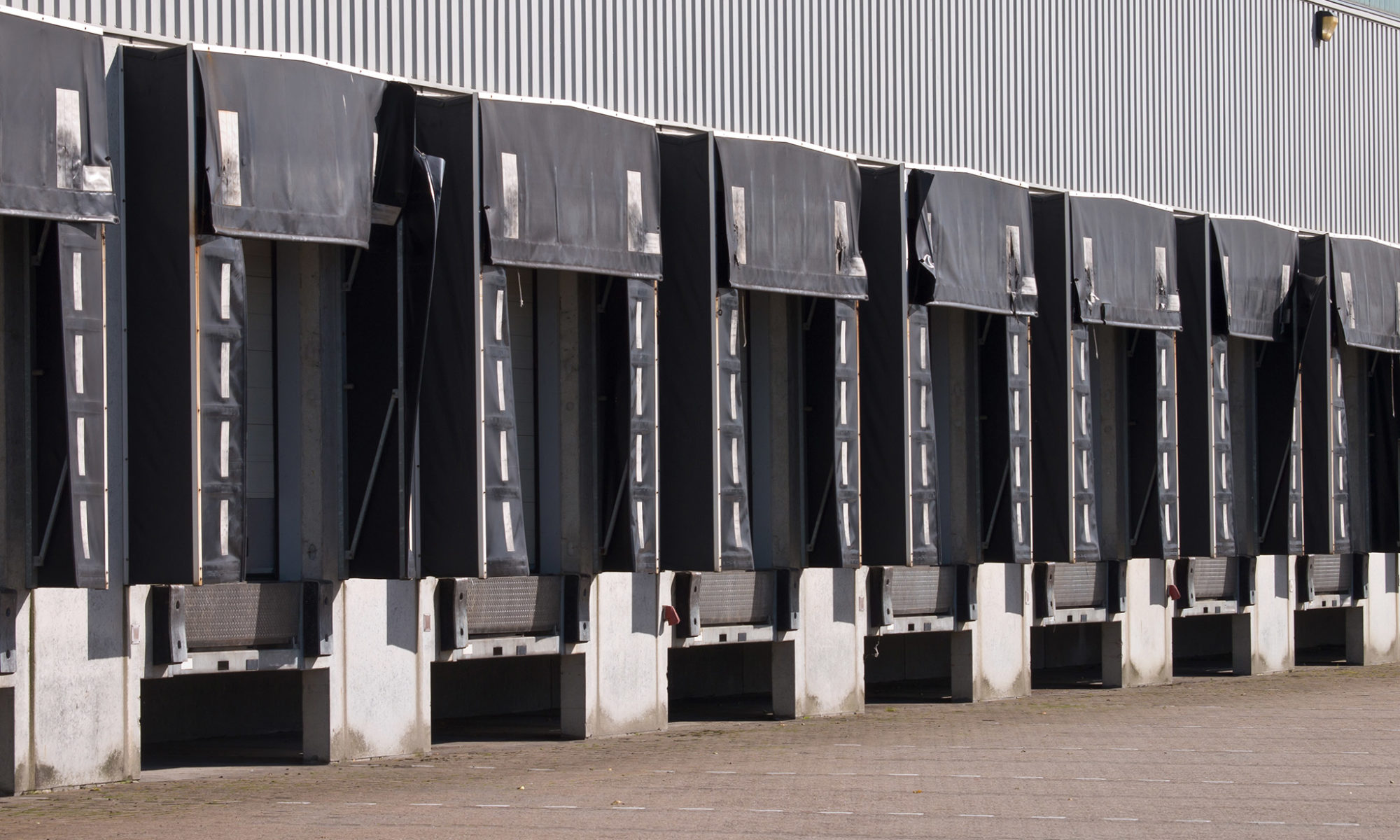What will become of the demand? In this last month our country (and not only) is committed to dealing with a new coronavirus pandemic with effects not entirely known from a health point of view; the scenarios are uncertain, the data constantly changes, and the health emergency monopolizes – or monopolized – rightly so everyone’s attention. The priority MUST remain that, but the economy.
The current state
The speeches, the manoeuvres that are not yet clear, and an uncertain status poses several questions on which too little is being said and, above all, acting. With the exception of a few isolated voices who work hard to find solutions, there are still too few concrete ideas to face the emergency that will come: the economic one.
here is no mention of the contrast from social network #iorestoacasa vs irreducible turnover: the point, perhaps, is not what these lockdown weeks (months) will entail, but what will follow and how to deal with the reopening. The issue is complex and has reason to exist not only in the economic sector but also in the social, psychological and human one.
A “supply chain” of human behaviour – of the individual and the mass – which will find several weak links in the chain of reconstruction. On the one hand we have had various Prime Ministerial States which, in addition to the words of the Prime Minister, which reiterate in black and white the importance and the need to preserve production activities, but at the same time many companies are closing and others, unfortunately, will do so in the coming months .
It will happen for several reasons: lack of components, of labour, or more simply of demand.
Supplies, consumable purchases and labour force (of all sectors), will theoretically be available once the pandemic peak has appeared that, for the last few days, seems to have been hypothesized for the end of April. But in the face of entire production chains and “available” workforce, it is by no means said that this will also happen for demand. This effect of contraction in demand – not so remote – will be more evident the further upstream in the “supply network” you move away compared to the demand for consumer goods.
The whiplash effects
Many remember the “crisis of 2008”: in Italy, in 2009, against a 1.7% reduction in consumption compared to 2008, the year of the crisis, there was a contraction in the investments of companies in machinery, equipment and ICT of 17%!
To put it simply, let’s assume that the final consumer purchases less spaghetti (downstream of the system) for a value of 2 units, the company that produces ink for printing the package of spaghetti will have a contraction of almost 20%.
Anyone who deals strategically with the supply chain knows perfectly well that, in the face of a drop in demand of only 5% at the last step downstream of the value chain (see the pasta above), there can be a fluctuation that can oscillate between ± 50/80% a few steps upstream (see the ink company). This is what economists call the Forrester effect, or bullwhip (whiplash), in which variations spread from valley to mountain upstream with increasing amplitude. A kind of stone thrown into the lake, with the circles that gradually widen from the centre outwards, amplifying the effect of expansion.
This amplification of demand leads to an exponential acceleration of orders and of the supply request for stocks as we move from valley to mountain. This is why it is called the whiplash effect, as the oscillation grows the further you move away from the hand that holds it. In this case the hand is the end customer, while the end of the whip can be the production plants and the logistics.
This means that, once the acute phase of the emergency has passed, and net of the market lost in the lockdown period, it is legitimate for producers of consumer goods to expect a moderate drop in demand; for the suppliers of these producers, however, the drop will be marked more – whiplash effect – to become more and more significant as the chain goes up. However, it is necessary to be careful: after this probable “measured” drop, a significant increase in this drop can presumably follow, and so on until the situation stabilizes. And this could be a reason for a destabilizing crisis.
Lockdown and mindset
Trends of this type are not at all healthy for the real economy, the one that sees us protagonists in the supermarket, online and in B2B; companies struggle to reorganize, both from a technical point of view but, above all, from a mindset point of view.
Our companies, especially those in the middle range, are struggling and more than a little in the fluctuating management. Periods of low demand, low cash flow, low investment capacity and “excess manpower” contrast with peak demand, sparse production capacity and fragmented time to devote to development and research.

What to do?
In such a scenario, the consequences are far more important than the, albeit serious, “simple” short-term economic loss. So, what can we do to prepare for this likely situation? First of all, we should have understood how certain actions could be different for companies that occupy different positions in the value chain. We think of the complex and delicate balance between the “indispensable” and those considered non-fundamental chains.
The Covid-19 emergency has showed us how much of our choices weren’t really successful at all. Think of the many missed investments to create adequate infrastructures that would allow workers to operate in smart-working. The failure – and disastrous – investment in public structures that led to the almost total lack of the much publicized “less bureaucracy”, up to the cuts to healthcare for almost 40 billion in just under 10 years. A cut that, at the end of 2019, marked a depressing -38%.
All this does not create “trust” in the private sector and in entrepreneurs who, precisely because of a compromised mentality, will find the change of vision very complex. However, beyond the sector to which it belongs, it is reasonable to think that all of them will have to prepare a cash plan to meet a need deriving from a fall in turnover which, according to the World Economic Forum, can fluctuate from -5% to -50 %. Needless to say, the moment is even less propitious, given the arrival of May, a month far from simple for companies that are required to present their financial statements and to account for the entire company system …
The use of the tools made available by politics will not be totally sufficient, but we cannot even think that assistance alone can make us recover. It is necessary to rethink the paradigms that worked (and in any case with difficulty) until some time ago.
It starts from the “worst” scenario
But what will be the concomitant effect of low demand and maintenance of fixed costs? How high will the company’s liquidity needs be in the worst-case scenario? At this time when rates are relatively low, once studied and the return plan, even companies with more capacity could take advantage of requesting loans to cover short-term needs, perhaps seizing opportunities that could arise, and which up to a few weeks ago were unimaginable. We think of all the sudden “conversions”: Armani who creates white coats, Decathlon which discovers it has respiratory aids in masks and many others.
Furthermore, where not yet done, it would be appropriate to prepare a plan to move all those business units (sales, administration, control, purchases) that can work – even – remotely, through investment plans in technological infrastructures and on the Cloud.

It is also to be considered that these possible loans are unlikely, subsequently, to be granted under the same conditions – that is if they are granted. Already in 2009, after the heavy crisis of the previous year, access to credit was no longer so simple and, where it was possible, very few companies (and individuals) were able to take advantage of it. Those who already had a certain patrimony could, paradoxically – but not so paradoxically – have access to loans and financing precisely because they were a safe debtor.
Companies higher in the production chain will have to look for collaborative mechanisms to have access to real demand or to incentivize the actors further downstream not to accentuate fluctuations. How? By granting discounts, activating priority routes or payment extensions. It is a question related to mindset, even before that of the turnover.
Conclusion
Finally, and this really affects everyone, we will have to act rationally and plan against the fall in demand which, unfortunately, will be physiological. It will be necessary to allocate resources (not only economic) to make them available at times when the market will start pulling again. From innovation to the improvement of working conditions, from the optimization of transport to the hygiene of public and private places. All this not only to obtain a competitive advantage at the moment of the restart that will take place, but also – and above all – to ensure that all this “effort” is not thwarted.
It will take at least a couple of years to make a complete recovery and, probably, acceptance of the change in mentality. Someone is already ready, someone is preparing others, unfortunately, they will succumb if they do not understand that now is the time to renew, not only technologically but also mentally.
All this, together with some other advantages (think of the reduction of pollution, the rediscovery of cushioned times) has an additional positive effect: that of the conservation of our talents and the enhancement of skills that, in such new contexts, are likely to be lost in the name of a too often unjustified cost reduction. Those talents who very often “flee” together with their brains and who, perhaps, will become a rare and precious resource in the moment when everything starts to recover to full capacity.mindset



